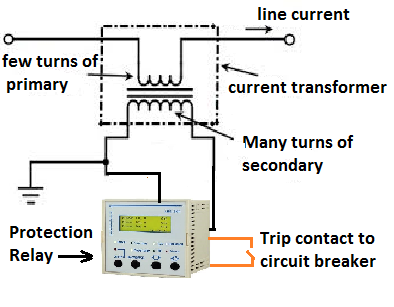When the DC voltage is applied to the armature, the voltage is produced across the armature winding which oppose the flow of armature current. The voltage produced across the armature is known as counter or back EMF.
The back EMF in the DC motor is expressed by the following mathematical expression.
The back EMF in the DC motor is expressed by the following mathematical expression.
Eb= ΦNZ/60 *P/A
Where,
Φ= Flux /Pole
N = Armature Speed
Z = Total number of armature conductor
A = Number of parallel paths in the armature winding
The back EMF is proportional to the speed of the motor.The back EMF governs the armature current and thus the back EMF maintains the speed and torque of the motor. The back EMF regulates the armature current and hence maintains the torque delivery to the load.
Ia=(V-Eb)/Ra
If the motor is loaded the speed get reduced. The reduction in the speed cause reduction in back EMF and the reduced EMF allow the motor to draw the more armature current and as a result the torque delivery of the motor(T= ΦIa)increase to meet the torque requirement of the load. When the load torque and the motor delivery torque requirement is meet the armature current gets reduced.
If the load is thrown off the speed of the motor gets increased and the motor torque is now much more than the load torque. With an increase in the speed the back EMF gets increased and the armature current gets reduced. The torque delivering of the motor automatically reduces.
Thus the back EMF maintains the armature current to deliver the torque as per the load requirement





